The best political, social, and spiritual work we can do is to withdraw the projection of our shadow onto others.
—Carl Gustav Jung
I am taking stock of all that has happened in the past few months. Like moving in with my boyfriend (who I love) in a neighborhood that I hate. I DON’T BELONG IN RIDGEWOOD! I cry to him, calling it the land of Bushwick graduates (derogatory) whenever I am vehemently reminded of the fact (daily). I stomp around Forest Avenue in my kitten heels, 5’1 and angry, looking out of place while Balkan men yell at me. Not to mention the Karens of Ridgewood are an other-worldly breed of insufferable. The entire four years I lived in Chinatown, no one ever once called me rude for minding my own business or not saying hi. In fact, I’ve become all too numb from the sight of elderly people shoving each other on the street. Just getting groceries, business as usual. I was told the suburbs would be peaceful, but as a minority, different rules apply. You have to go out of your way to be friendly aka be non-threatening to be granted said peace. Several people in my neighborhood also voted for Trump, which I know, from the number of conservative Eastern Europeans who live here, and the unsightly poster of him and JD Vance taped on the door of the only place I’ve enjoyed getting takeout from (the Polish deli, Hetman).
To placate my post-Election day tension, I watched the Martha Stewart documentary. I’ve always been drawn to Martha without knowing why, but learning about her life made me realize how much I see myself in her. Defiant, alluring, self-absorbed, self-contained. A woman who is brutally herself and holds others to impossible standards. At times, she becomes venomous—but in a godly way—because like god, she wants her creations to be perfect. Someone who seeks beauty in all things. Someone who’s often just misunderstood (great interview with WSJ’s Lane Florsheim, by the way).
I think my next project is to curate films on Emotionally Intense Women. “Angry Women”? Here are two movies I recently watched, partly for their titles (though this doesn’t do the full list justice).
A Woman in Flames (Die flambierte Frau, 1983) is a German film that follows Eva, a woman who leaves her stable but unfulfilling life to become a high-class escort. The story delves into themes of autonomy, desire, and the blurred lines between independence and vulnerability as she develops a complex relationship with Chris, a male prostitute who shares her lifestyle.
Hellcats (I Like It Hot, 2008) is a South Korean romantic comedy about three women from different generations. Ami (played by a young Kim Min-hee from The Handmaiden), a free-spirited screenwriter in her twenties, her sister Kang-ae, a teenager on the quest for her first kiss, and their mother Young-mi, who struggles with single motherhood, aging, and societal expectations amid newfound romance.
On another note, my favorite film blogger at the moment is theironcupcake on Letterboxd. Her anonymity and dedication to one thing, and one thing only (film critiquing) is refreshing. Never for glory, purely for the art. She has nearly 3,000 reviews on the app and I find them worth reading. Most of the 90s erotic thrillers I’ve become obsessed with have been by way of her.
In one of the letters between John Berger and his son Yves in the collection Over to You, he mentions a watercolor that he painted of a white rose on one of his postcards: The rose doesn’t offer consolation but resists by itself the cruelty of life. The last flowers of Édouard Manet are more beautiful over time, even if the artist was dying when he painted them. Berger explores the symbolism of a white rose as it relates to memory and loss, a reminder of both fragility and resilience. When I did a Google search of the flower, I came across the German resistance group, the White Rose, which was formed by university students, including siblings Hans and Sophie Scholl, during World War II. Opposing Nazi rule and the regime's atrocities, they were eventually betrayed, with many members including the Scholls, arrested and executed.
Sometimes I think of the irony behind the French word “coterie”, which originally refers to communities of feudal peasants and agricultural workers, and is now adapted to imply a fashionable signal of exclusivity among the elite. Crowds, cliques, circles.
While reflecting on my lack of community here in Ridgewood, I think of why I started a Substack in the first place. To explore themes surrounding my relationship to detachment and the myriad ways that manifests. As someone who grew up in the suburbs and has somehow returned here, I get why most people in this vast, spacious country are paranoid misanthropes and conspiracy theorists.
Sometimes I think of how many friends I’ve lost these past two years, and how much time I’ve spent grieving when I could have spent that time doing… anything else.
Since I’ve been isolated out in the boonies, here are a few updates. This has been one of my more informal/unplanned posts and a snippet of various thoughts more than anything, so I am feeling quite… shameless.
I saw Total Blue, the new-age jazz band from L.A., at Public Records the other weekend. It was the first time I’d listened to an electric clarinet, or seen a new band live in a while. Very 90s sounding, pared-down opulence with delicious wind synths and bass. Recommended record for a soothing night in.
Writer Chloe Pingeon asked me to guest edit her diary series last month, which you can read about here.
My article for Architectural Digest on 90s thrillers/toxic characters and tasteful homes was selected for their Design Unwind series, where editor Rachel Wallace recaps my text and breaks down in this reel here.
I wrote a short story about my grandmother for beauty brand Eadem, and I’d be grateful for you to read it here.




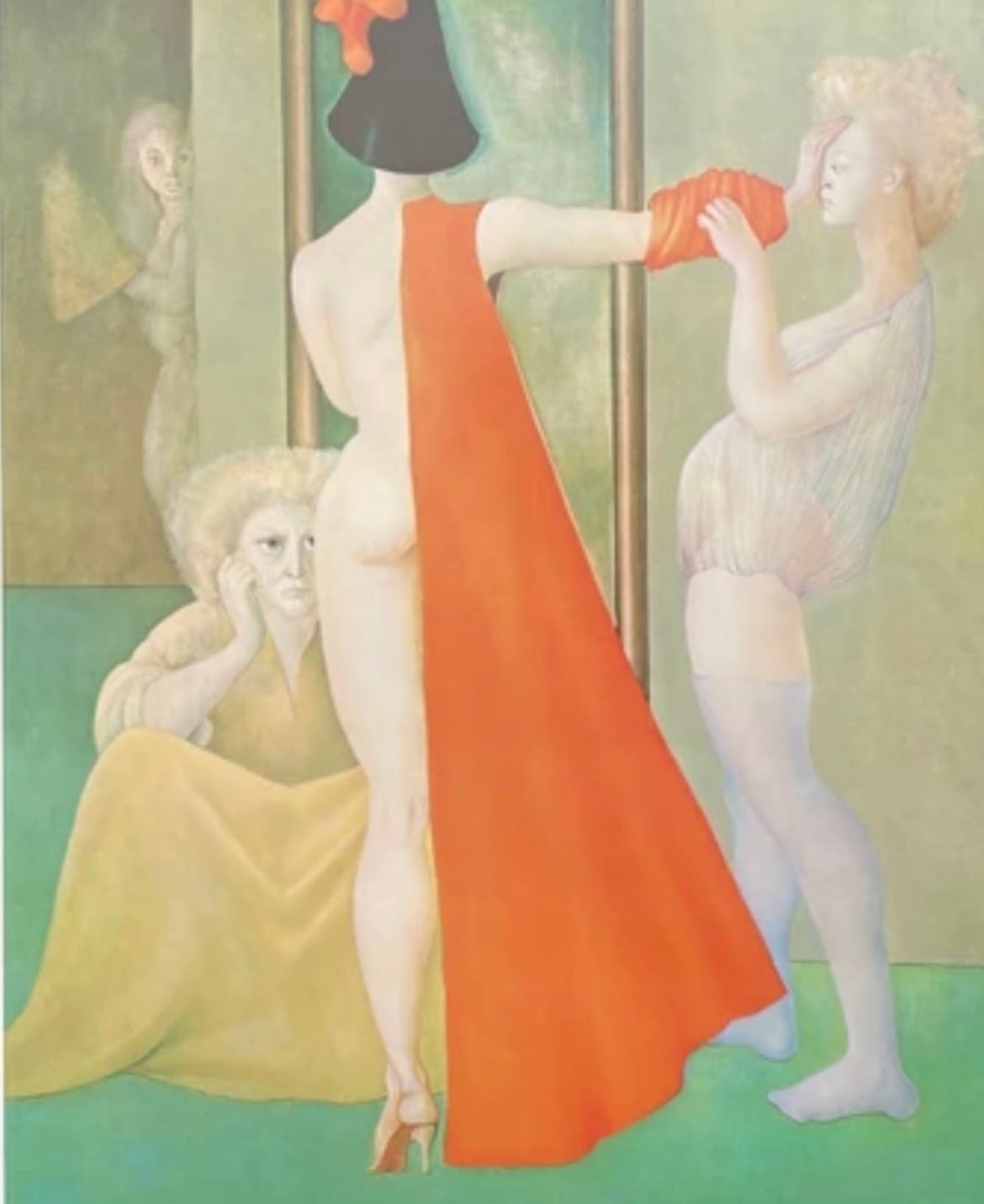
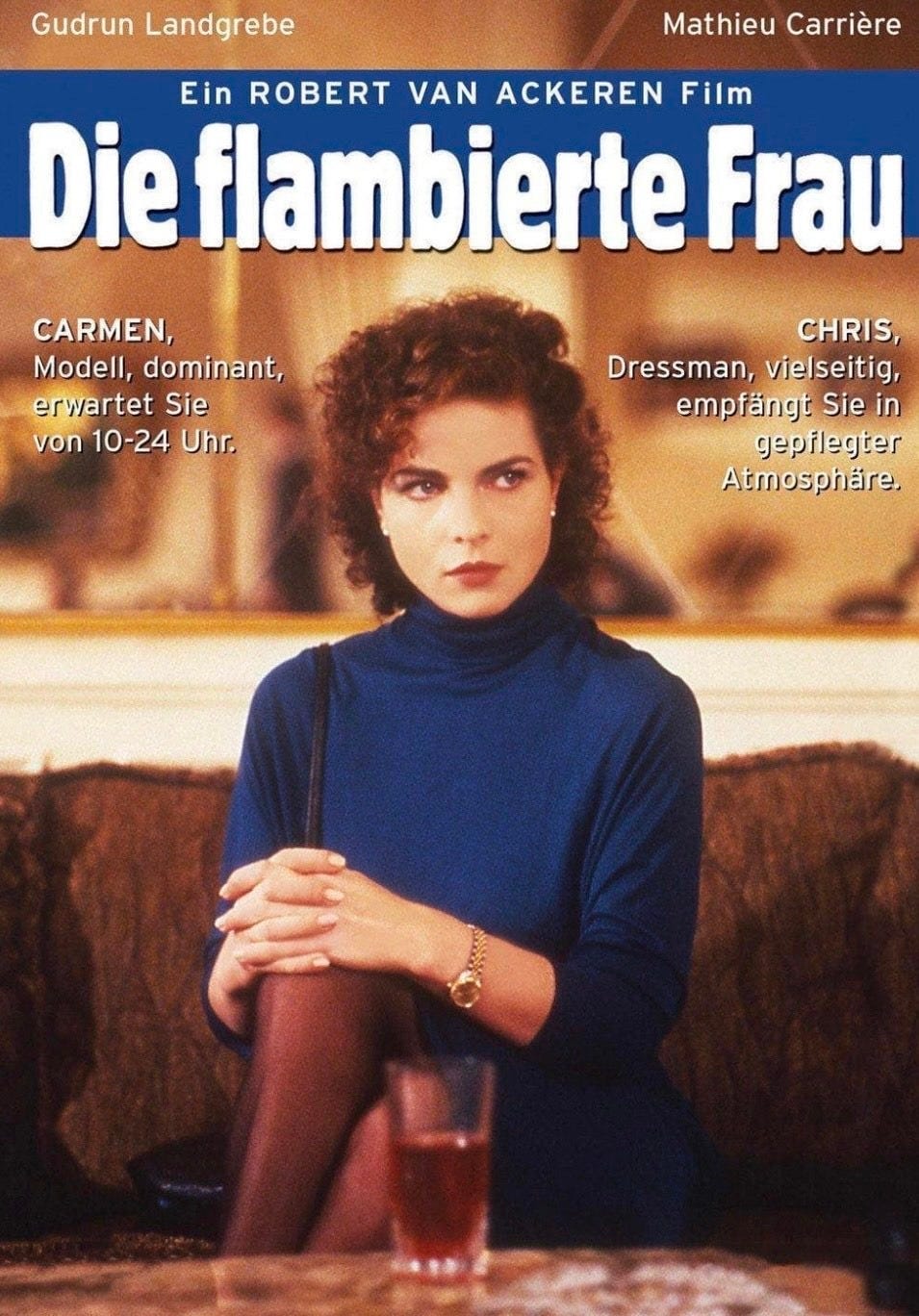
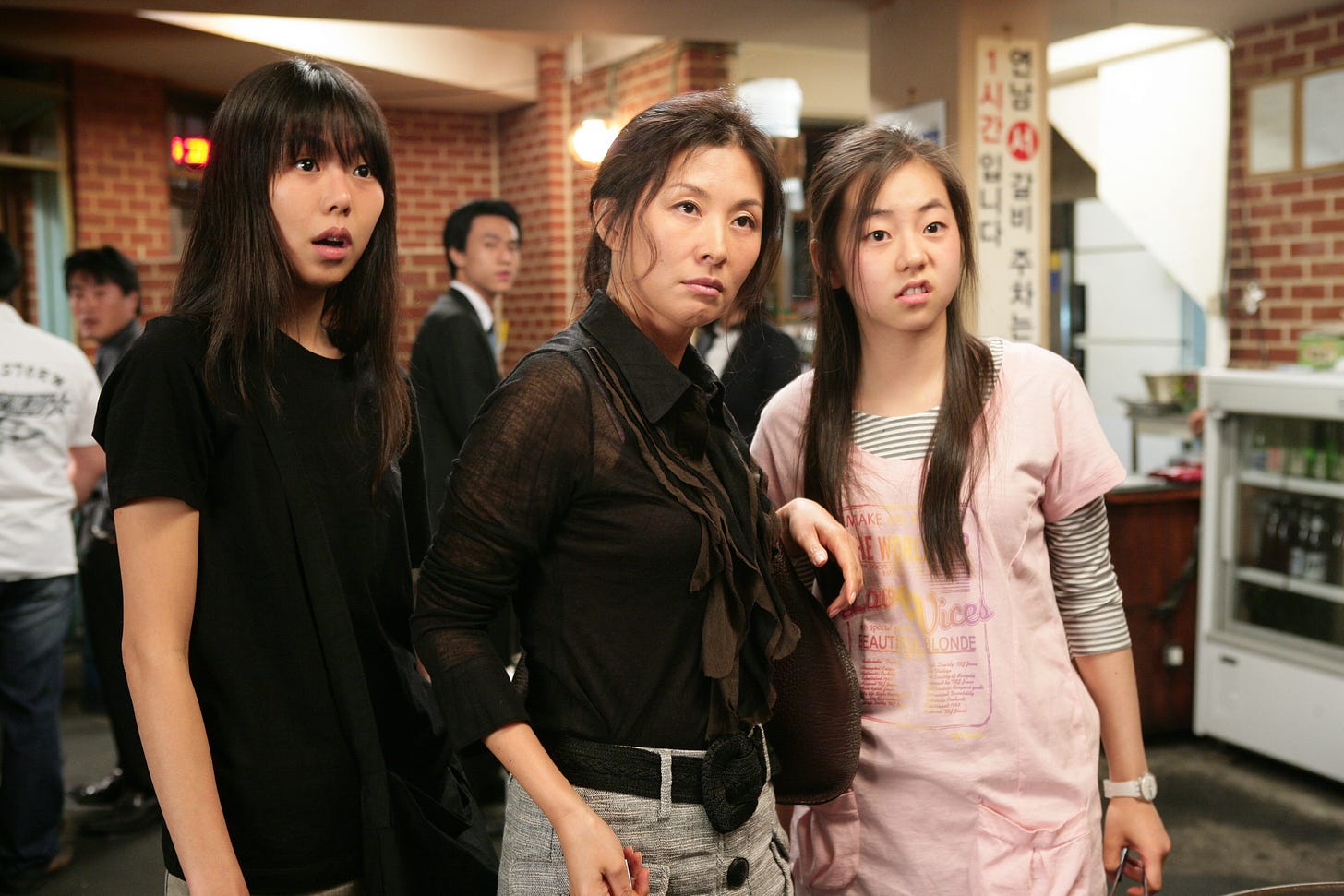
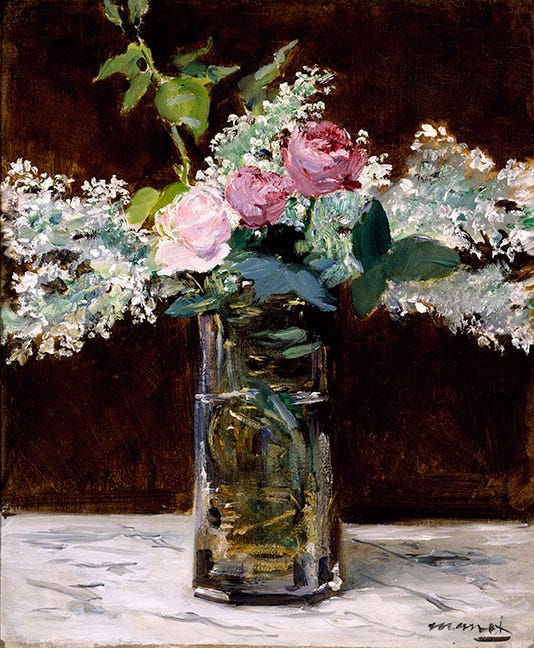
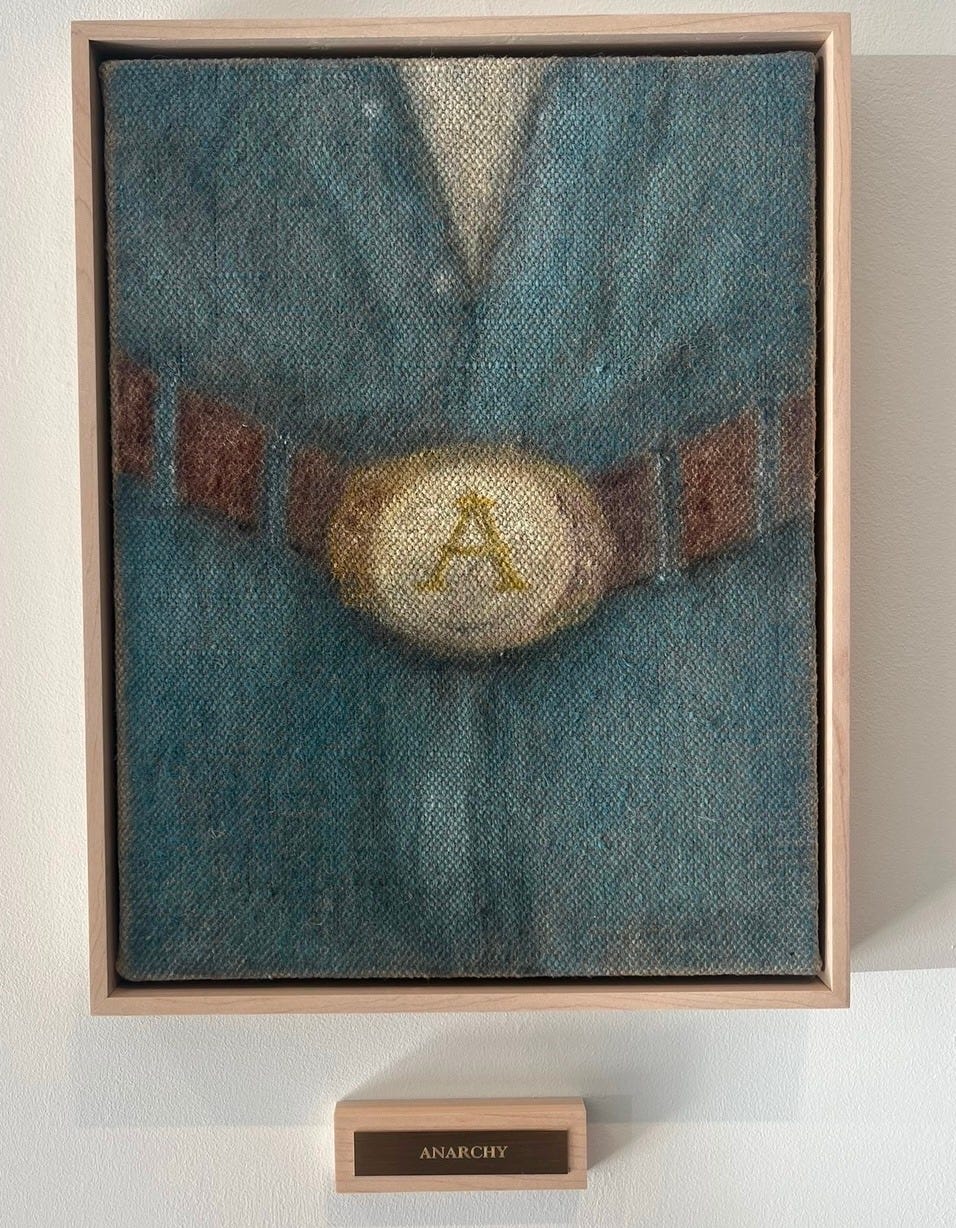
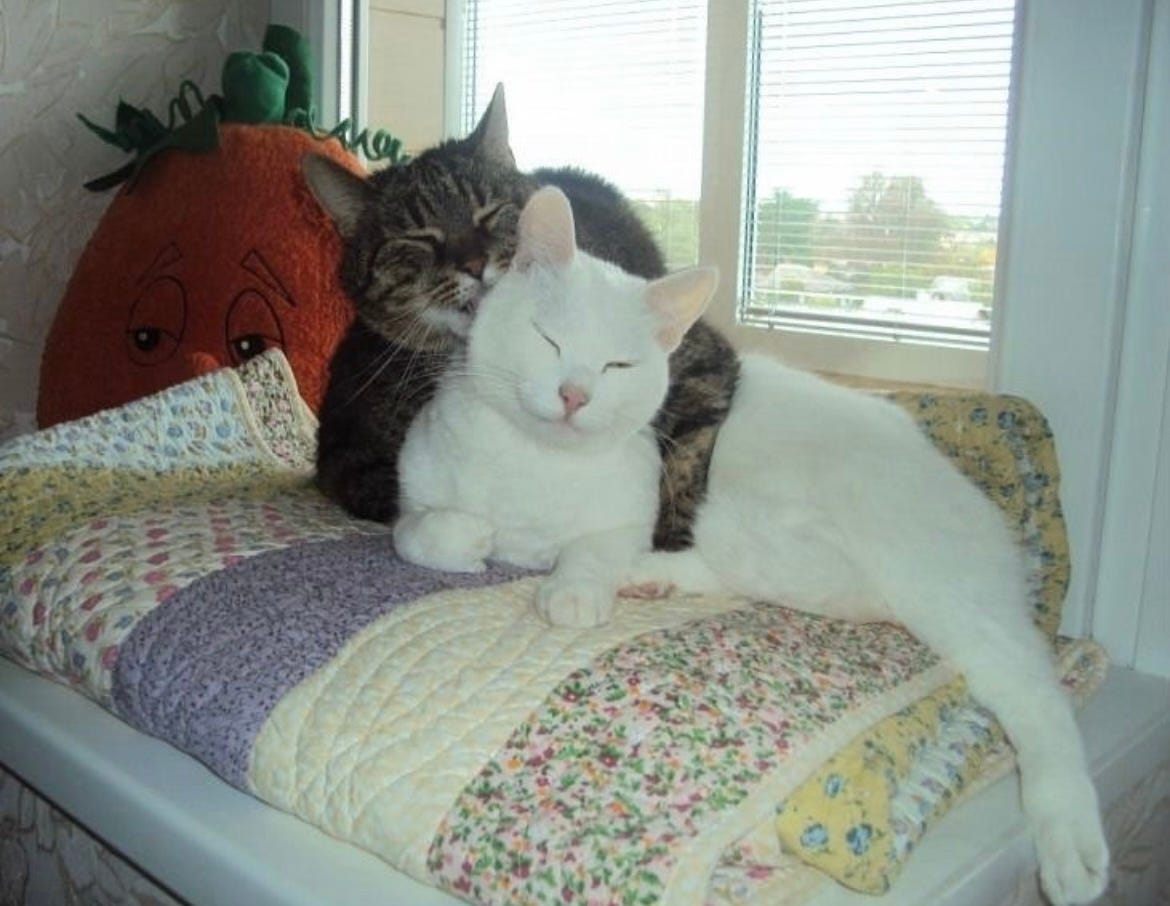
so f good